 W
WCategory 5 cable (Cat 5) is a twisted pair cable for computer networks. Since 2001, the variant commonly in use is the Category 5e specification (Cat 5e). The cable standard provides performance of up to 100 MHz and is suitable for most varieties of Ethernet over twisted pair up to 1000BASE-T. Cat 5 is also used to carry other signals such as telephony and video.
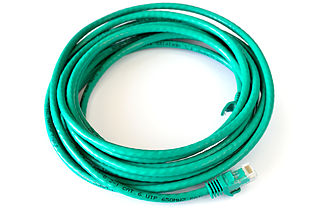 W
WCategory 6 cable (Cat 6), is a standardized twisted pair cable for Ethernet and other network physical layers that is backward compatible with the Category 5/5e and Category 3 cable standards.
 W
WAn EAD socket was a network connection socket used in the early 1990s. They are now considered obsolete.
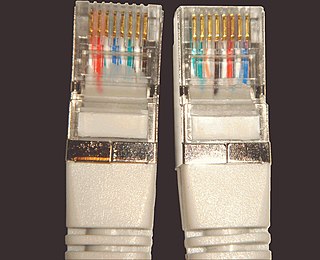 W
WAn Ethernet crossover cable is a crossover cable for Ethernet used to connect computing devices together directly. It is most often used to connect two devices of the same type, e.g. two computers or two switches to each other. By contrast, straight through patch cables are used to connect devices of different types, such as a computer to a network switch.
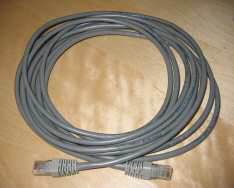 W
WEthernet over twisted pair technologies use twisted-pair cables for the physical layer of an Ethernet computer network. They are a subset of all Ethernet physical layers.
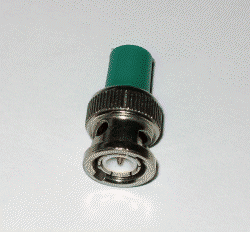 W
WIn electronics, electrical termination is the practice of ending a transmission line with a device that matches the characteristic impedance of the line. Termination prevents signals from reflecting off the end of the transmission line. Reflections at the ends of unterminated transmission lines cause distortion which can produce ambiguous digital signal levels and mis-operation of digital systems. Reflections in analog signal systems cause such effects as video ghosting, or power loss in radio transmitter transmission lines.
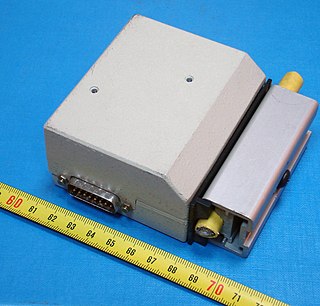 W
WA vampire tap is a device for physically connecting a station, typically a computer, to a network that uses 10BASE5 cabling. This device clamps onto and "bites" into the cable, inserting a probe through a hole drilled using a special tool through the outer shielding to contact the inner conductor, while other spikes bite into the outer conductor. The vampire tap usually has an integrated AUI, from which a short multicore cable connects to the network card in the station.